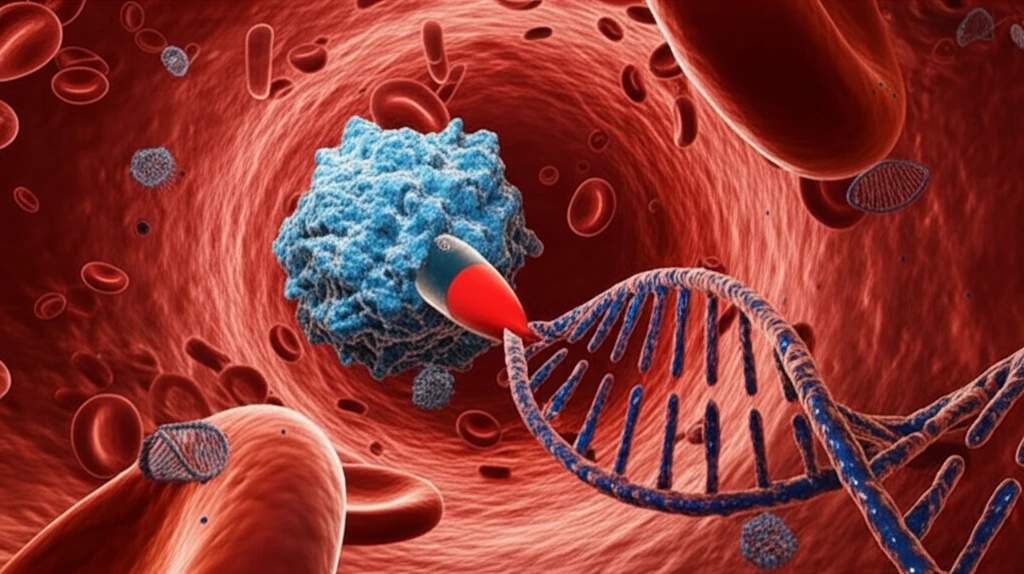
Malaria Breakthrough: CRISPR Tech Rewrites Parasite's Genetic Code
"Scientists pioneer epigenetic editing with CRISPR-Cas9 to manipulate gene expression in Plasmodium falciparum, paving the way for novel malaria treatments."
Malaria, a pervasive global health threat, continues to inflict a devastating toll, particularly in tropical regions. The deadliest strain, Plasmodium falciparum, is responsible for nearly half a million deaths each year. Central to combating this disease is a deep understanding of the parasite’s biology, especially how it invades host cells and causes illness. For years, scientists have been hampered by the limitations of genetic manipulation tools available for this complex organism.
Traditional methods of altering the parasite’s genome have often been inefficient or impractical, especially when dealing with essential genes or long noncoding RNAs. These molecules, tucked away within the parasite’s DNA, are crucial for its survival and behavior. The recent advent of CRISPR-Cas9 technology offered a glimmer of hope, but its application in malaria research has been limited—until now.
In a groundbreaking study, researchers have successfully adapted the CRISPR-Cas9 system to epigenetically edit the malaria parasite Plasmodium falciparum. This new approach allows for precise control over gene expression without permanently altering the parasite’s genetic code, opening up exciting possibilities for developing targeted malaria treatments.
Epigenetic Editing: A New Frontier in Malaria Research

Epigenetic editing involves modifying the way genes are expressed, rather than changing the genes themselves. Think of it like a dimmer switch on a light: you can control how bright the light shines without altering the bulb. In this study, scientists harnessed a modified version of the CRISPR-Cas9 system to precisely control gene expression in P. falciparum. They fused a catalytically inactive Cas9 protein (dCas9) with epigenetic effector domains—specifically, histone acetyltransferases (HATs) and histone deacetylases (HDACs). These enzymes play a crucial role in regulating gene expression by modifying histone proteins, which package DNA within the cell's nucleus.
- Precision Targeting: The CRISPR-Cas9 system allows for highly specific targeting of genes, minimizing off-target effects.
- Reversible Control: Epigenetic modifications are reversible, providing dynamic control over gene expression.
- No Permanent Genome Alteration: The parasite’s DNA remains unchanged, avoiding potential complications associated with permanent genetic modifications.
Future Implications and Beyond
This innovative epigenetic CRISPR-Cas9 system offers a powerful new tool for dissecting the complex biology of malaria parasites and identifying novel drug targets. By precisely controlling gene expression, researchers can gain a deeper understanding of the parasite’s behavior and develop targeted interventions to disrupt its life cycle. This approach holds immense promise for the development of new and more effective malaria treatments in the fight against this deadly disease.
